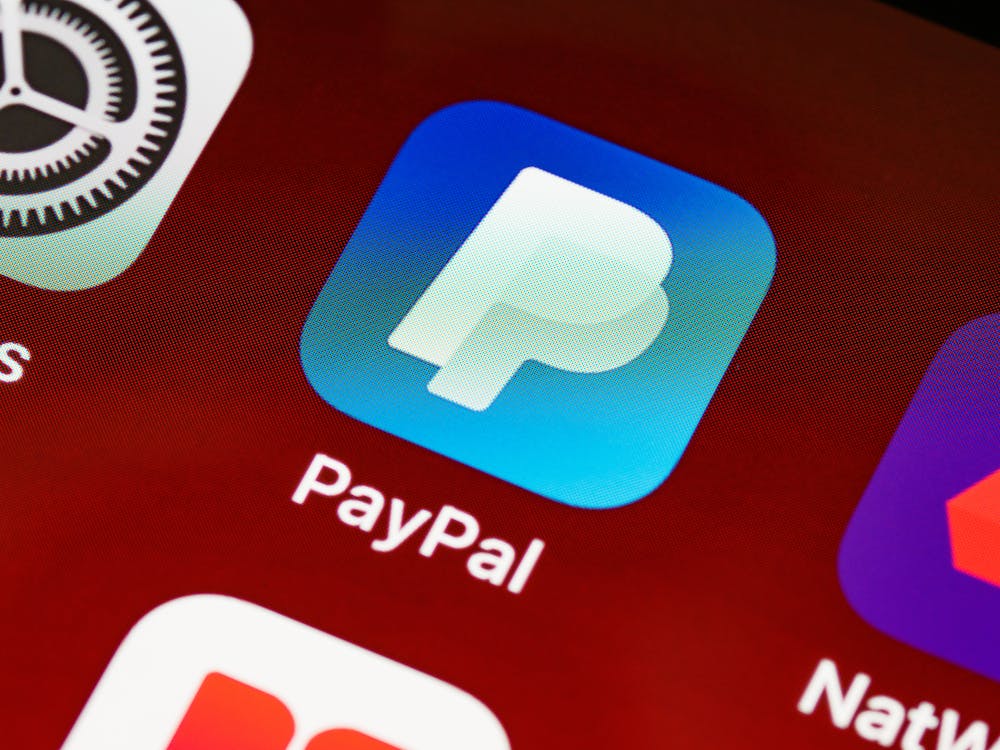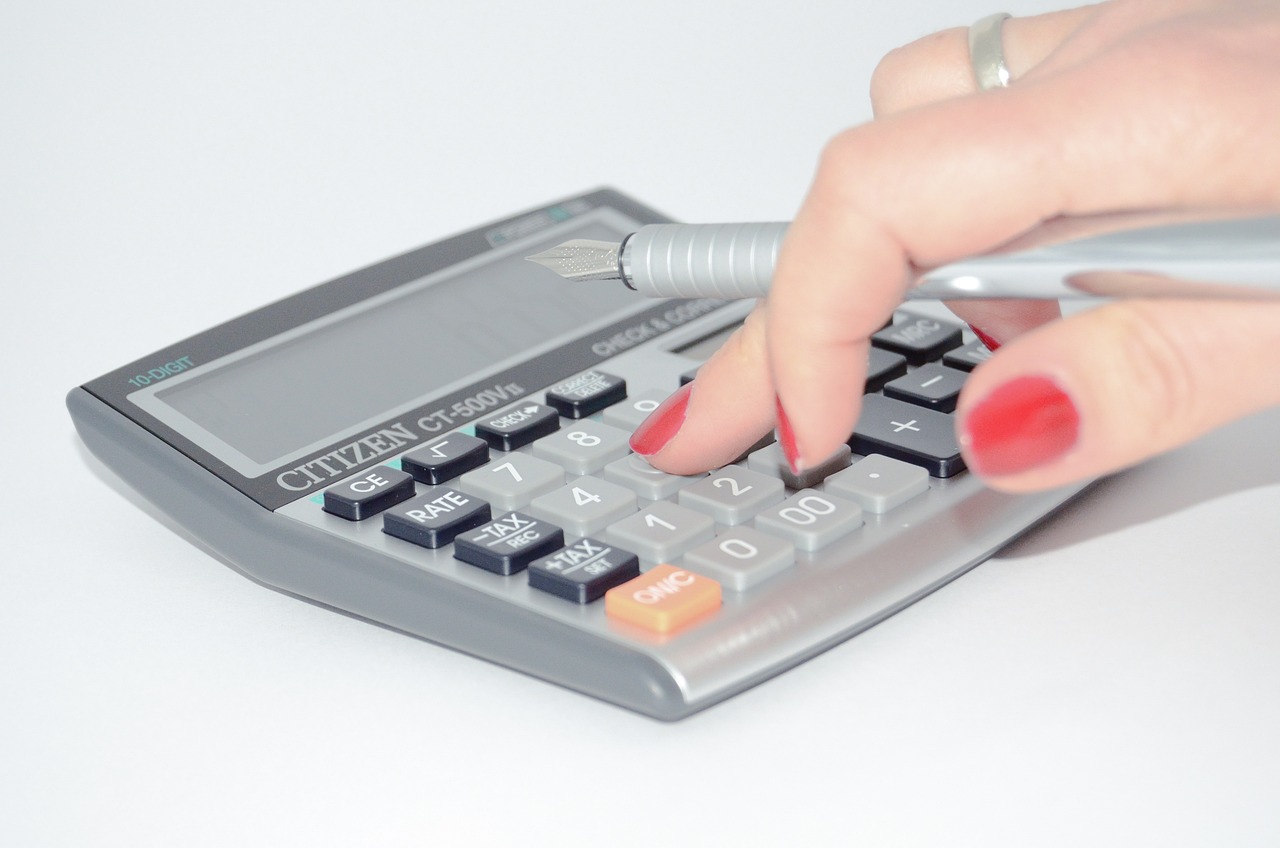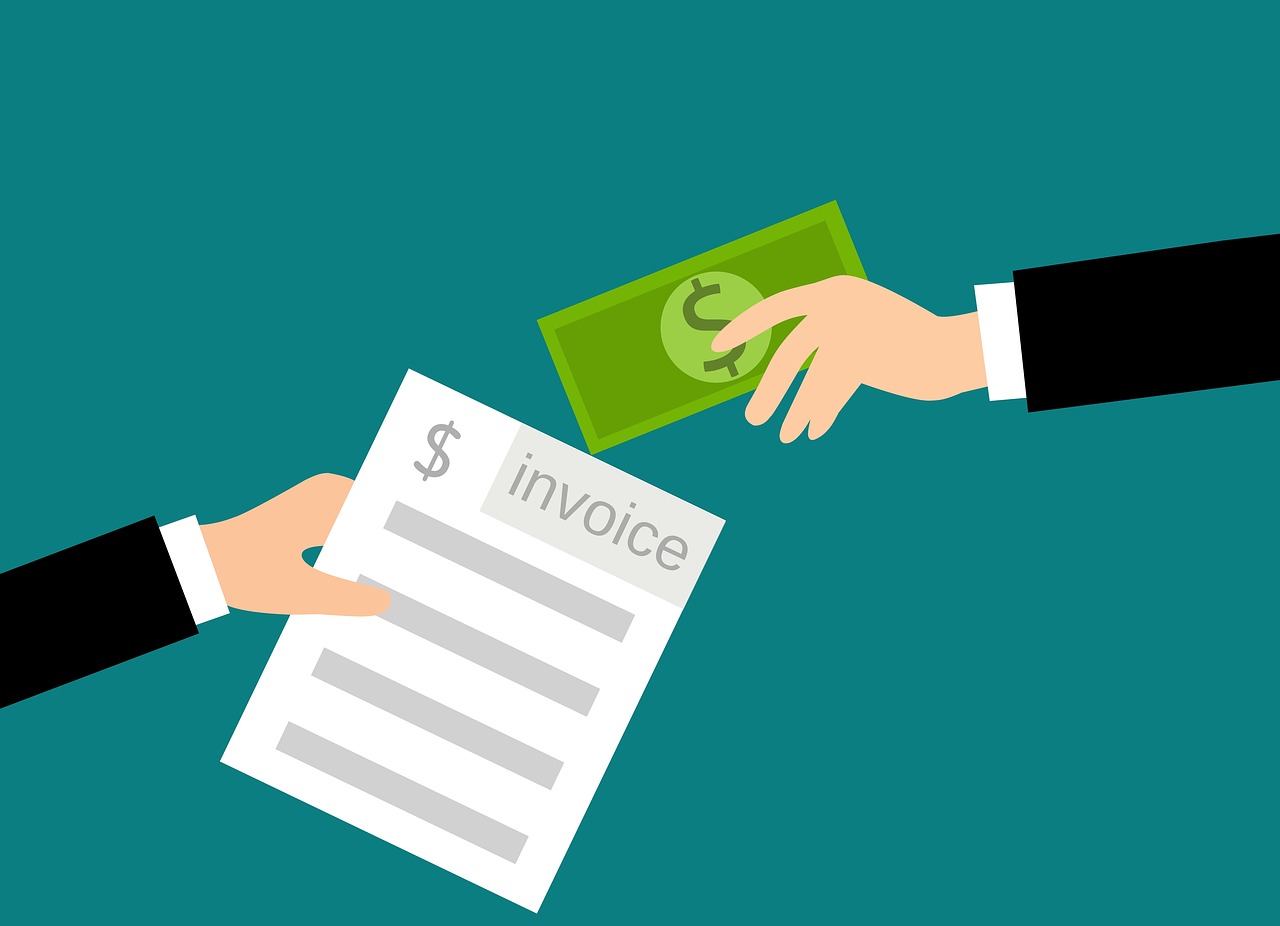PayPal Fees for Receiving Money: What They Are & How to Decrease Them
Dealing with money transactions digitally often involves various types of charges, and PayPal is no exception. In this article, we aim to provide clarity on the different fees PayPal charges when you receive money. We’ll break them down and also share valuable tips to minimize them. From understanding the basic transaction fee structure to maneuvering through cross-border and currency conversion charges, our guidance will help you retain more of your hard-earned money.
Breakdown of PayPal Fees Associated With Receiving Money
Understanding the fees associated with receiving money through PayPal is crucial for effective financial management.
Understanding the basic transaction fee
One key expense to consider when using PayPal is the transaction fee. When you receive money, PayPal applies a fee that is a percentage of the transaction amount, plus a fixed fee based on the currency of the payment. The exact percentage varies depending on the country of the transaction. For instance, in the US, online transactions will cost you 2.9% plus $0.30 USD of the amount you receive.
Cross-border and currency conversion charges
In addition to the basic transaction cost, PayPal applies extra fees for cross-border transactions. This means if you receive a payment from a country different from your own, an additional fee is charged. The percentage varies based on the country of the sender and receiver.
Further, if the payment you receive is in a different currency than your primary currency, PayPal will convert this into your primary currency at a retail exchange rate. This exchange rate includes a currency conversion cost, which is an additional percentage added to the exchange rate. This percentage also varies based on the type of currency being converted. It is crucial to be aware of these charges when managing international transactions to prevent any surprises in your financial management.
Explanation of Different Types of Fees and Their Calculation
Navigating the maze of PayPal fees might seem daunting, but with an understanding of the specifics, you can manage and potentially decrease these costs. Let’s delve deeper into how these fees are structured and calculated.

Decoding the transaction fee structure
PayPal’s transaction fee consists of two parts: a percentage of the transaction amount and a fixed cost based on the currency of the payment. For example, for domestic transactions within the United States, the cost is 2.9% of the transaction amount plus a fixed cost of $0.30 USD.
What does this mean in real terms? Let’s consider a few scenarios. If you receive $100 USD, you will be charged $2.90 (which is 2.9% of $100) plus the fixed cost of $0.30 USD. So, you will pay $3.20 USD in total for the transaction. For a $500 transaction, the cost would be $14.80 USD. Our
PayPal fee calculator can help you understand these calculations better and determine your potential fees for varying transaction amounts.
The math behind currency conversion and cross-border fees
For international or cross-border transactions, an additional fee on top of the standard transaction cost is levied. This fee varies depending on the countries of the sender and receiver. For example, getting payments from Canada to a U.S. account carries a 3.7% cost plus a fixed cost based on the currency.
Currency conversion is another significant aspect. When you receive a payment in a currency different from your primary one, PayPal will convert the payment at a retail exchange rate, which is a base exchange rate plus a conversion fee. For instance, if the base exchange rate for USD to EUR is 0.85, and the conversion cost is 3.0%, the amount in EUR you’ll receive will be calculated at an exchange rate of 0.825 (0.85 minus 3.0%). Understanding this calculation can help you anticipate the amount you will get after all charges.
Strategies for Reducing PayPal Fees and Optimizing Transactions
While it’s impossible to completely avoid fees when using PayPal, understanding the fee structure can help you optimize your transactions to minimize costs. Let’s explore some strategies you can employ.

Leveraging the invoice generator to reduce costs
One method to manage and potentially decrease transaction costs is by using a competent invoice generator. An invoice generator is a tool that allows businesses to create professional invoices quickly and efficiently. Professional invoice generators, like ours, allow you to clearly itemize services or products you provide, thus keeping your accounts in order and minimizing disputes or refunds, which can also lead to additional fees.
Additionally, when your business transactions are organized, it becomes easier to track income and expenses, helping you identify any irregularities in charges and promptly address them. This can prevent unnecessary fees from accruing. Check out our
invoice generator for a seamless invoicing experience.
Smart transaction practices to save money
Another strategy involves adopting smart transaction practices. Here are a few tips:
- Batching transactions: Instead of processing multiple small transactions, batch them into larger ones to reduce the number of times the fixed cost is applied.
- Avoiding small transactions: Small transactions can be costly because of the fixed fee. If possible, set a minimum amount for transactions.
- Billing in your customer’s currency: This can sometimes help avoid the currency conversion fee.
By implementing these tactics, you can potentially save a considerable amount of money on PayPal fees. Remember, every cent counts when it comes to running a business. These best practices can help you receive more of your hard-earned money and less of it getting charged as fees.
Please note that the practices above can help reduce costs, but it’s essential to communicate clearly with your clients about your billing practices to maintain trust and transparency.
Tips for Cost-Effective Money Management on the PayPal Platform
The way you manage your money on PayPal can significantly impact how much you pay. Here are a few techniques that can help you streamline your operations and optimize costs.
Utilizing business invoice templates for effective financial management
One way to keep track of your finances and potentially save costs is by using business invoice templates. These templates allow you to create standardized, professional invoices for your clients, helping to avoid errors and misunderstandings, which could lead to refunds and additional fees.
Furthermore, these templates help you keep your business finances organized, making it easier to track income and expenses. Having this data readily available can allow for quick decisions, like knowing when to batch transactions. If you’re keen to get your finances in order, our
business invoice template can be an excellent tool to start with.
Making the most of partial payment invoices
Another beneficial tool for effective financial management is the use of partial payment invoices. These invoices can provide several benefits:
- Improved cash flow: By receiving partial payments, you can maintain a steady cash flow for your business.
- Reduced risk: Instead of waiting for the full payment, getting partial payments ensures that you get a portion of your money upfront, reducing the risk of non-payment.
- Client convenience: Offering a partial payment option can be more convenient for your clients, increasing client satisfaction and loyalty.
Using partial payment invoices can not only help you manage your finances better but also potentially reduce costs by allowing you to batch multiple partial payments into one larger transaction. Explore this strategy with our
partial payment invoice template.
Remember, every business has unique needs, and what works best for you depends on your specific operations and client base. Thus, it’s crucial to find the most effective strategies for your business and adapt them as needed.

Harness the Power of PayPal
As we chart these uncharted waters of PayPal fees together, remember, knowledge is the sail that guides your business to safe harbors. By understanding the ins and outs of how fees are charged, exploring strategies to reduce costs, and implementing smart transaction practices, you’re now well-equipped to navigate this often complex financial terrain.
The real voyage of discovery lies not in seeking new landscapes but in having new eyes. Now that you have new insight, it’s time to wield your financial prowess and maximize the money you keep from your hard-earned transactions. Set sail on this exciting journey of savvy money management today!








